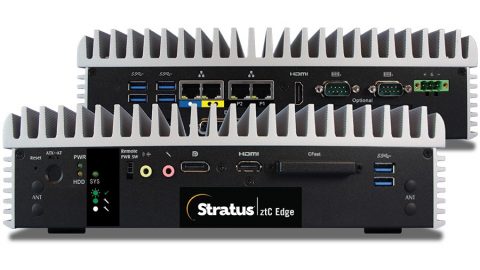
Remote data collection gives the system and remote device control
Use IIoT in practice. Many IIoT implementations fail because they are focused on proving the technology, instead of on the problem and its solution. It’s easy to become overwhelmed with IIoT terminology, from machine learning artificial intelligence to blockchain and everything in between.
Some vendors tout their technologies and suggest packaging plants must implement them right away or risk being left behind, but the reality is very different. Vendors without substantial knowledge of the particular packaging application often push their technologies because it only requires them to understand how their own products work. This is the easy part.
The hard part is understanding how to address the specific problems and opportunities faced by a particular packaging line, and then providing technology-based solutions to address them. This requires deep domain knowledge, preferably of the entire food/packaging supply chain.
Vendors must work closely with packaging personnel to incrementally implement IIoT-based solutions. The proposed solutions must be user friendly and not require ongoing support from the vendor, the plant or corporate IT personnel. Instead, the existing operations technology (OT) personnel in the plant should be able to implement and support the solution.
Once the right applications and IIoT technologies are selected, implementation needs to be incremental, starting with a well-defined problem and providing a solution. Once this is done, results can be disseminated throughout the company to build interest and enthusiasm for further implementations.
One caution with this approach is to select only those technologies that are scalable, working just as well to solve one simple problem as to solve hundreds of problems across an entire fleet of packaging lines. This is especially important as more complex problems are often solved by simultaneously examining many different data points, in some cases across multiple machines located at different locations.
Scalability requires a computing infrastructure to support existing applications while enabling new IIoT additions. This can often be done by leveraging virtualization, for example. This technology allows multiple applications, and even multiple operating systems, to run on a single virtual machine, usually a PC or server.
A big part of sustainability is monitoring and minimizing energy consumption. This often requires the addition of new data points to monitor temperatures, power usage, steam flows and other variables. Comparing this newly acquired data to utility pricing can help plants optimize energy use. IIoT-based solutions are ideal to address these types of issues because they allow data from many different sources to be examined and analyzed more cost effectively than ever before.
Data acquired by installing sensors, hardware and software can be used to minimize the use of packaging materials, and to simplify material usage across multiple product SKUs.
Minimizing food waste starts with putting precise amounts of products into packages. Too little violates basic rules and laws requiring manufacturers to provide the amounts of products listed on the packages; and too much results in product giveaway and possibly leakage due to overfilling. The addition of in-line sensors and the analysis of the data they provide can address these issues by helping manufacturers close the loop on product filling.
Improved IIoT sensors, data points and analytics will provide better traceability and demand/supply planning from farm to fork – along with improved insights into packaging materials, equipment operation, performance and maintenance.
So the key to success in adopting IIoT technology is to start small with an incremental approach focusing on new problems, opportunities and solutions instead of trying to install all the latest IIoT technologies. at the same time, then search to see if they can be made to operate in your packaging area.
Productivity and Quality Office